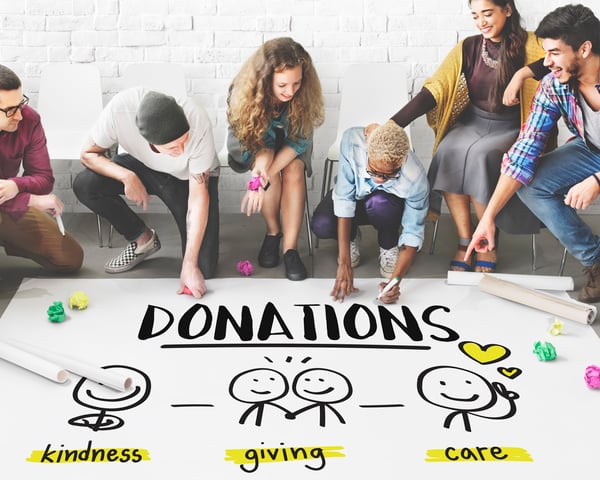
The storm has been building for years. Now it’s hitting with full force.
The storm currently battering the nonprofit sector is a generational one. Leaders of the nation’s 1.6 million nonprofits are old (the median age for mid- and upper-level nonprofit manager is 52, according to a 2018 nonprofit leadership survey), and getting older. And like a lot of Baby Boomers and older Gen-Xers, they’re ready to retire.
A 2011 study found that 67 percent of nonprofit managers and leaders were planning to retire within the next several years—in other words, right about now. And the Bridgestone Group estimates that this generational storm is forcing the nonprofit sector to replace almost 80,000 new senior level managers and leaders every year.
And where will we find all those replacements? Step right up, millennials!
As the largest generation in the U.S. labor force, millennials already have outsize influence on the American economy. But they, as a group, seem to be an especially good fit for the nonprofit sector. As the National Council of Nonprofits’ Tiffany Gourley points out, millennials share four traits that align well with the nonprofit world view:
- A desire to give back and make a difference to society
- A preference for flexible working arrangements
- An interest in career stability
- An aversion to political labels and partisanship
If, as Gourley argues, millennials and nonprofits are a match made in heaven, then it’s tempting to assume that millennials will move effortlessly into the many nonprofit leadership positions that opening up these days. But that assumption doesn’t quite match the reality.
Running a nonprofit is hard work, and it’s getting harder. A generation ago, many nonprofit leaders could rely on fundraising skill and good connections to get the job done. But in today’s rapidly changing digital economy, that’s not nearly good enough. Today’s nonprofit leaders need a deep and diverse skill set that incorporates both hard and soft skills— a blend of technical, measurable aptitude with less tangible, interpersonal abilities.
MindEdge’s Nonprofit Management Council has identified seven areas that should be found in every nonprofit leader’s tool kit:
- Traditional management and business skills, to help keep the lights on while successfully hiring and retaining staff
- Relationship-building and communication, to forge strong relationships with donors, foundations, government officials, and other nonprofits
- Collegiality, to instill trust among peers and develop open and honest work relationships with staff
The ability to multitask, which is especially important at smaller nonprofits, where the ability to be a jack-of-all-trades is essential to success
- Fundraising basics, including traditional, direct mail, social media, and Web-based fundraising, as well as grant writing
- Technological savvy, especially with regard to fundraising, donor communications, marketing, and branding
- Strategic thinking, to help leaders see the forest for the trees, and navigate safely through times of change
Not that many people can bring every one of these critical leadership skills to the table. But there are ways for younger professionals to augment their skill sets: classroom-based education and training, online learning programs geared towards working professionals, and continuing education courses can all help millennials (and even their older colleagues) keep up with the most in-demand skills.
In the long run, the best leaders will be those with the most diverse and balanced skill sets. They are the ones who will help the nonprofit sector weather today’s generational storm, and set a true course for the next 20 years.






